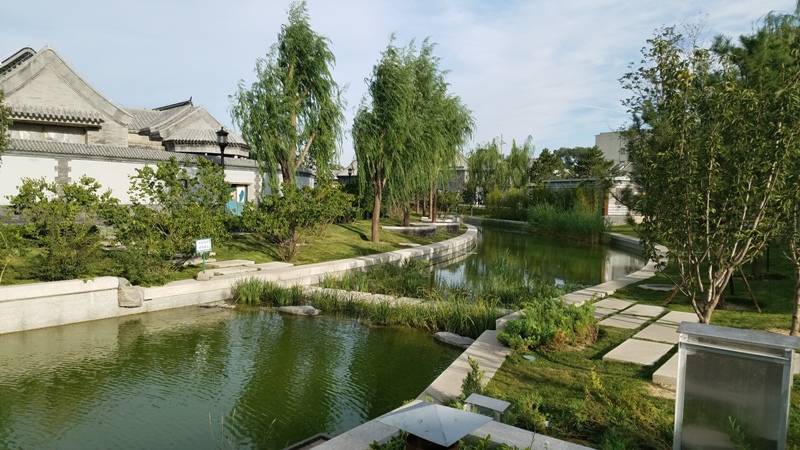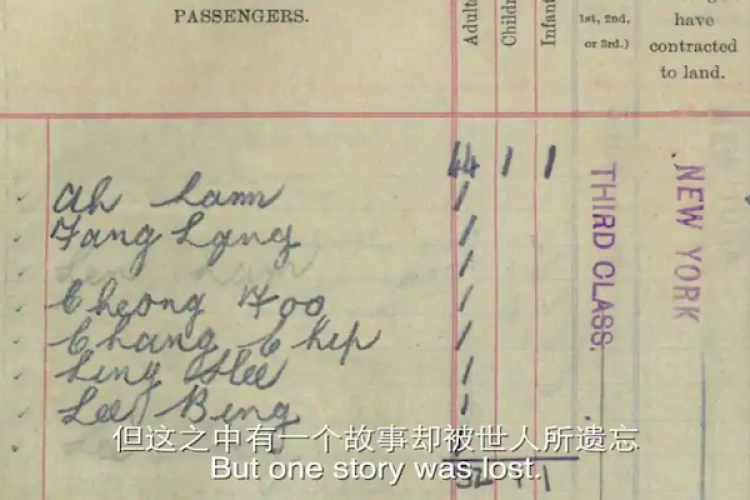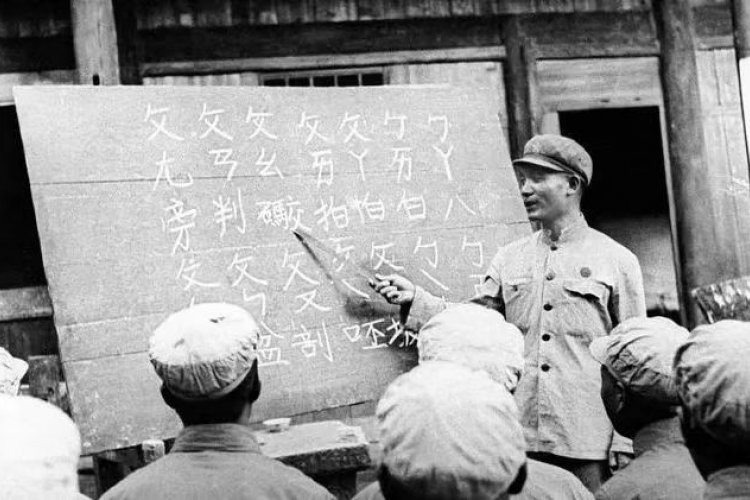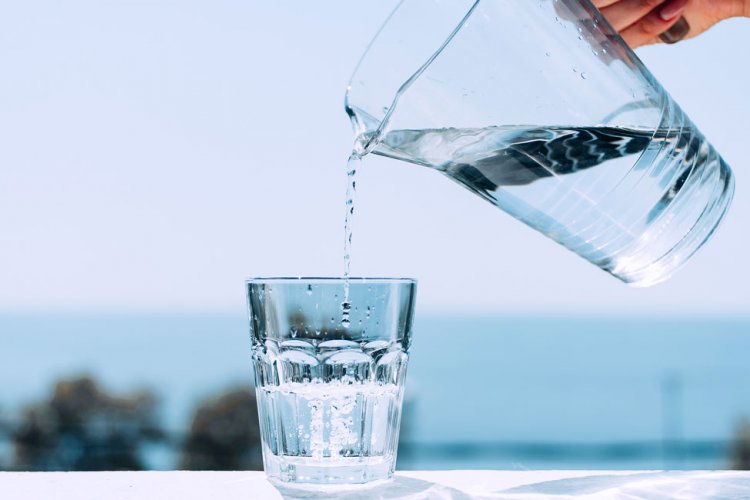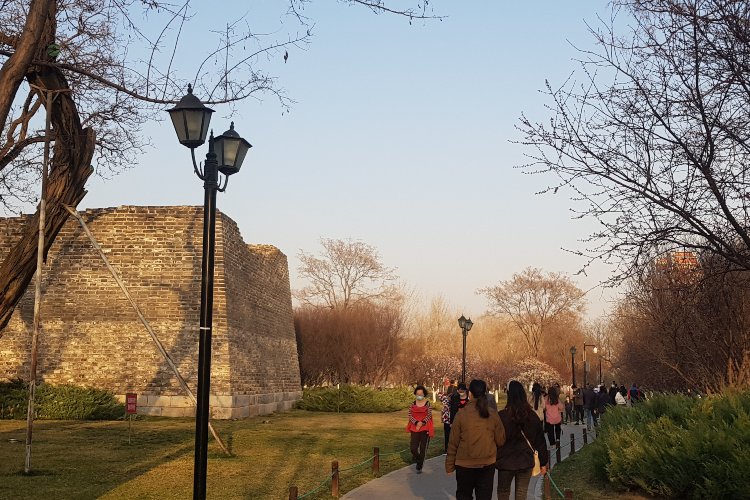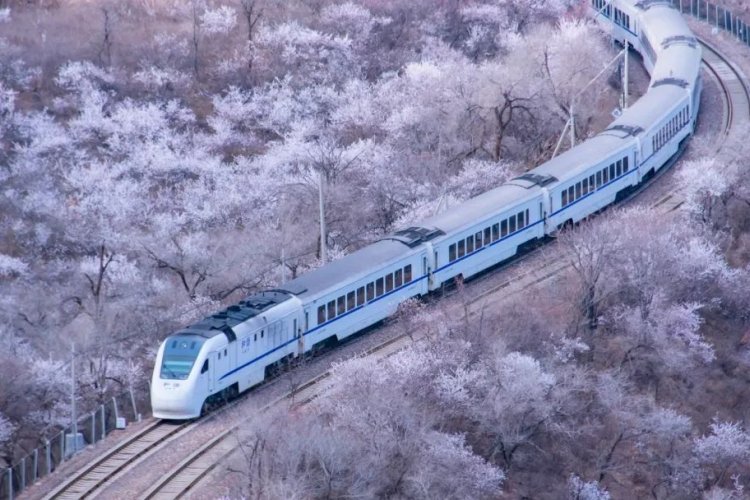A Stroll Along Beijing’s Restored Canal System and the Ongoing Plan to Revive its Ancient Waterways
A project to reconstruct a section of an ancient canal system that once flowed through the heart of Beijing is finally nearing completion. The first phase, completed in 2014, linked Qianhai and Dianmen Dong Dajie. The second phase, from Dianmen to Beiheyan north of the Forbidden City is due to be completed by the end of this year.
The reconstructed canal revives a legacy of canals and waterways which once crisscrossed Beijing.
For centuries, engineers have attempted to wrestle water from the springs around today’s Beijing to build lakes and canals to service the city. Beijing is one of the few major cities in the world today – and one the only ancient capitals – which does not sit on a significant natural body of water. Moving materials from the prosperous south to build and supply the capital has long been a challenge.
In 1393, the Chinese scientist and official Guo Shoujing organized the reconstruction and expansion of a canal system to accommodate the building and development of a new Mongolian capital, Khanbaliq. The city, which would later form the foundations of modern Beijing, was dependent on goods and food from the rest of the empire for its support. Guo ordered the digging of a series of canals which began in natural springs in the Western Hills and near present-day Changping. These channels flowed into retaining lakes, the largest of which was Wengshan Bo. Later this reservoir would become the centerpiece of the 19th-century Summer Palace and is now known as Kunming Lake.
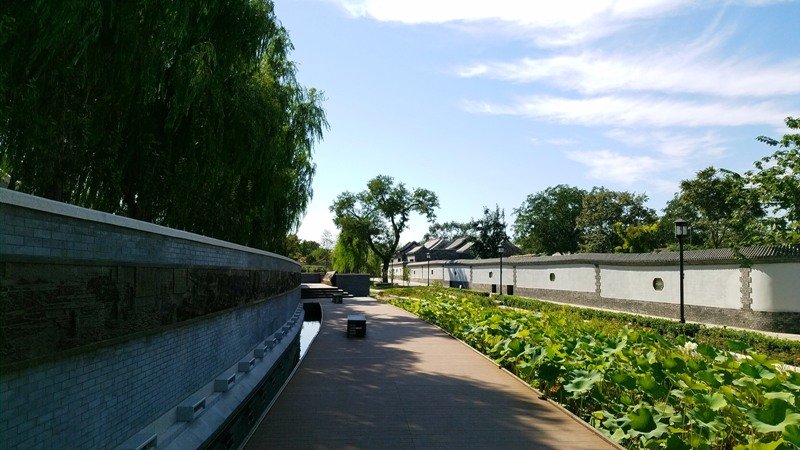
These lakes acted as reservoirs to regulate the levels in a series of waterways which flowed via two channels from the northwest to the southeast through the heart of the capital. Eventually, the water exited the city through sluices and water gates before joining the Tonghui River as it flowed east to meet the Grand Canal near present-day Tianjin.
These were not just for imperial aesthetics. These canals formed the northernmost section of an immense transportation network which linked the capital with the city of Hangzhou 1,700km to the south. Sitting on the banks of Houhai or walking along these canals today, it’s hard to imagine their original function as navigable waterways, with ships and barges traveling through the city to an immense wharf at Jishuitan where treasure, grain, and materials were offloaded and stored.
With the end of Mongolian rule in China and the establishment of the Ming Empire in 1368, the canal system fell into disuse. By the time Yongle Emperor moved the primary Ming capital to Beijing in the early 15th century, the springs, levees, and channels had deteriorated to the extent that most of the waterways, including the Tonghui River, were no longer passable. Subsequent repairs restored some of the water levels enough to fill the moats and imperial lakes and canals of the Ming capital although the grain barges now stopped to the east of the city walls.
Many of the aqueous features of the Ming capital, including the chain of lakes beginning at Zhongnanhai and ending at Qianhai, Houhai, and Xihai still exist today, although their shapes have changed somewhat over the years.
Ming-era engineers also re-dredged the channel which brought water from Qianhai across the northern part of the Imperial City Wall before turning sharply south and running to the east of the Forbidden City. This waterway was known alternately as the Jade River or the Imperial River (both pronounced Yuhe) and supplied the water for the Tongzi He (Pipe River) which formed the moat around the Forbidden City.
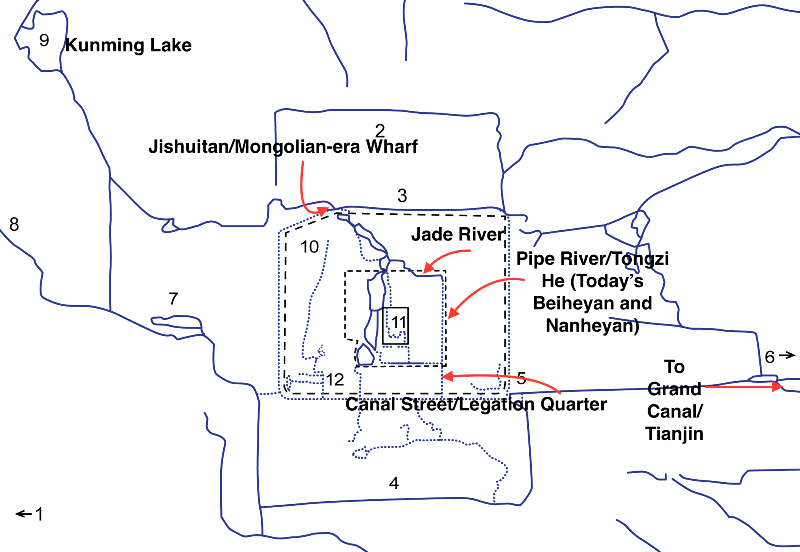
Keeping these waterways flowing remained a problem. By the end of the Ming era and during the time of Manchu rule in Beijing down to the early 20th century, many channels stopped flowing and became stagnant, fetid pools, little more than garbage dumps and open sewers. The foreign residents of the Legation Quarter, which was built along the final section of the whole system as it flowed out a water gate in the southern wall of the Inner City of Beijing, complained for years about the smell of the canal in their midst. This canal was finally paved over in the 20th century and became Canal Street (today’s Zhengyi Lu).
In the 21st century, most of these waterways remain in memory and as somewhat odd place names: Nanheyan and Beiheyan for a riverside that no longer exists, Jishuitan for a retaining lake buried beneath the reclaimed land, or Shatan, near Jingshan Park, named for a long since forgotten beach.
The modern renovations on the Jade River have revived some of the past glory of these waterways. Walkways, historical markers, and pleasant pavilions line the canal. The water – for now – runs clear. Some sections have been left more or less unrestored, and visitors can still see the original bricks from the Ming- and Mongolian-era canal system.
Sadly, attempts to revitalize the surrounding neighborhood have mostly focused on the construction of ultra high-end residential real estate. A few sections to the north and south of Diananmen have attracted businesses, notably The Georg restaurant and Jensen House, but most of the lavish courtyard homes which line the new canal sit silently as investment properties. Construction of an entertainment zone on the north bank near where the Jade River meets Qianhai remains unfinished.

Nevertheless, the canal park provides a great walking path from Beiheyan (just east of the Nanluogu Xiang Subway Stop) to Qianhai. Detours to nearby establishments such as The Georg or Great Leap #6 are an added attraction to this addition to the city’s pedestrian paths.
Jeremiah Jenne is a writer, educator, and historian based in Beijing. He maintains the site Jottings from the Granite Studio and is co-host of the Chinese history and culture podcast Barbarians at the Gate. You can follow him on Twitter @granitestudio.
Photos: Jeremiah Jenne
Related stories :
Comments
New comments are displayed first.Comments
![]() admin
Submitted by Guest on Fri, 09/09/2016 - 12:48 Permalink
admin
Submitted by Guest on Fri, 09/09/2016 - 12:48 Permalink
Re: A Stroll Along Beijing’s Restored Canal System and the...
^ there is a regular boat ride you can take from the Beijing Zoo to the Summer Palace and as far as I know it still exists. Also, Chinese Culture Center does regular group trips there
http://www.ccctravel.net/eventdetailbj.php?eventid=44
Validate your mobile phone number to post comments.

